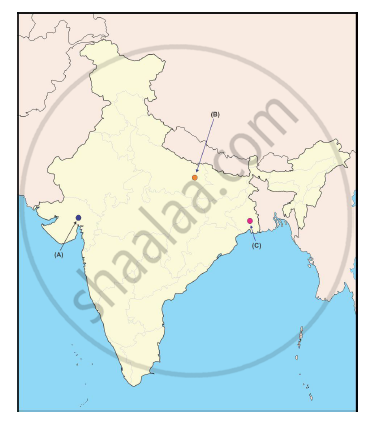Advertisements
Advertisements
प्रश्न
Compare the popular struggles of Nepal and Bolivia.
उत्तर
In Nepal the popular struggle arose in order to restore democracy while in Bolivia the popular struggle rose for the privatisation of water. The popular struggles of Nepal and Bolivia have few similarities and differences. The similarities are as follows :
(1) In both cases the political conflict led to the popular struggles.
(2) Both the cases involved mass mobilization.
(3) Both involved the critical role of political organizations like the Seven Party Alliance of Nepal.
The differences are as follows :
1.Nepal was struggling to establish democracy while in Bolivia the struggle involved claims on the elected government.
2.In Bolivia struggle was about one specific policy, while struggle in Nepal was about the foundations of the country’s politics.
APPEARS IN
संबंधित प्रश्न
Why did Gandhiji decide to launch a nationwide Satyagraha against the proposed Rowlatt Act, 1919? Explain.
What type of flag was designed during the ‘Swadeshi Movement’ in Bengal? Explain its features.
Describe the popular struggle of Bolvia.
Three Features A, B and C are marked on the given political outline map of India. Identify these features with the help of the following information and write their correct names on the lines marked in the map:
A. The place where the cotton mill workers organized Satyagraha.
B. The place related to the calling off the Non – Cooperation Movement.
C. The place where the Indian National Congress Session was held.

Which organisation led the protest against water privatisation in Bolivia?
Which one of the following political parties came to power in Bolivia in 2006?
(A) The Communist Party
(B) The Republican Party
(C) The Socialist Party
(D) The Conservative Party
"Pressure groups and movements exert influence on politics in different ways." Support the statement with suitable examples.
How did the ‘Non-Cooperation Movement’ spread in cities across the country? Explain its effects on the economic front
Who dissolved the popularly elected parliament in February 2005, in Nepal?
Mewat is one of the most backward areas in Haryana. It used to be a part of two districts, Gurgaon and Faridabad. The people of Mewat felt that the area will get better attention if it were to become a separate district. But political parties were indifferent to this sentiment. The demand for a separate district was raised by Mewat Educational and Social Organisation and Mewat Saksharta Samiti in 1996. Later, Mewat Vikas Sabha was founded in 2000 and carried out a series of public awareness campaigns. This forced both the major parties, Congress and the Indian National Lok Dal, to announce their support for the new district before the assembly elections held in February 2005. The new district came into existence in July 2005.
In this example what is the relationship that you observe among movement, political parties and the government? Can you think of an example that shows a relationship different from this one?
